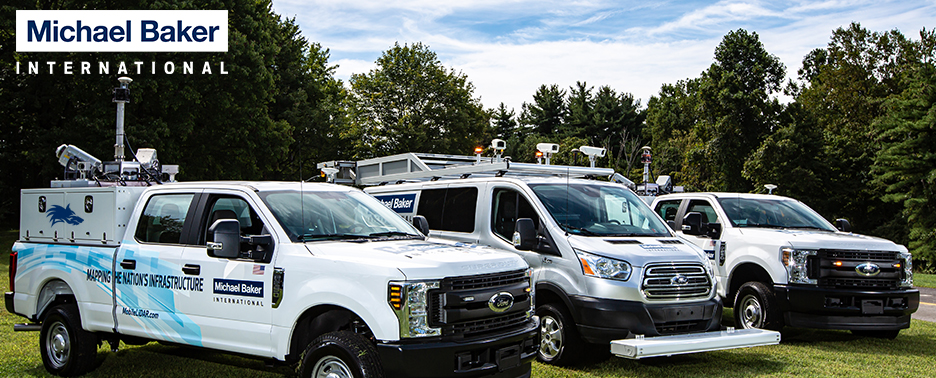Wrapping up our posts on the Yazoo City tornado, where we previously discussed mobilization in Part 1, damage surveys in Part 2, we are completing the trilogy with data visualization. Prior to, and following the field collections, the one question we kept getting asked was whether we’d get data that could be used for anything other than debris volume calculations, or photo interpretation; after all, no one has done this before, and if you’ve got a big pile of jumbled debris, will the resolution be fine enough to enable the processing staff to recognize what they are looking at? The results are a resounding YES!
The key is to create a seamless colorized point-cloud, which combines the LiDAR data (including laser return intensity) with the RGB values from the captured images (see Measuring Systems - Part 2); bringing the 2D images to life in a 3D environment.
Image of the Save-alot Grocery Store
Yazoo Motors Service Shop. Building 2 (left) lost the roof and most of the back wall. While building 3 (far right), a mere 80' away was completely leveled. Click here to see the original photograph of building 2.
Close-up view of collapsed wall in above image. The high-density of LiDAR points makes it easy to count each cinderblock, or identify the electrical service still attached to the façade.











